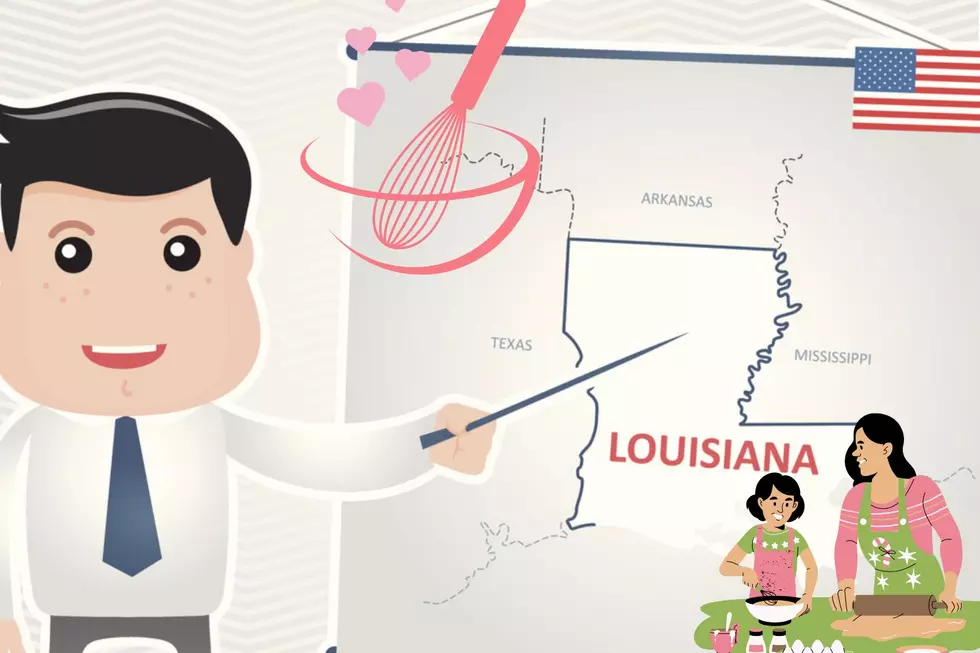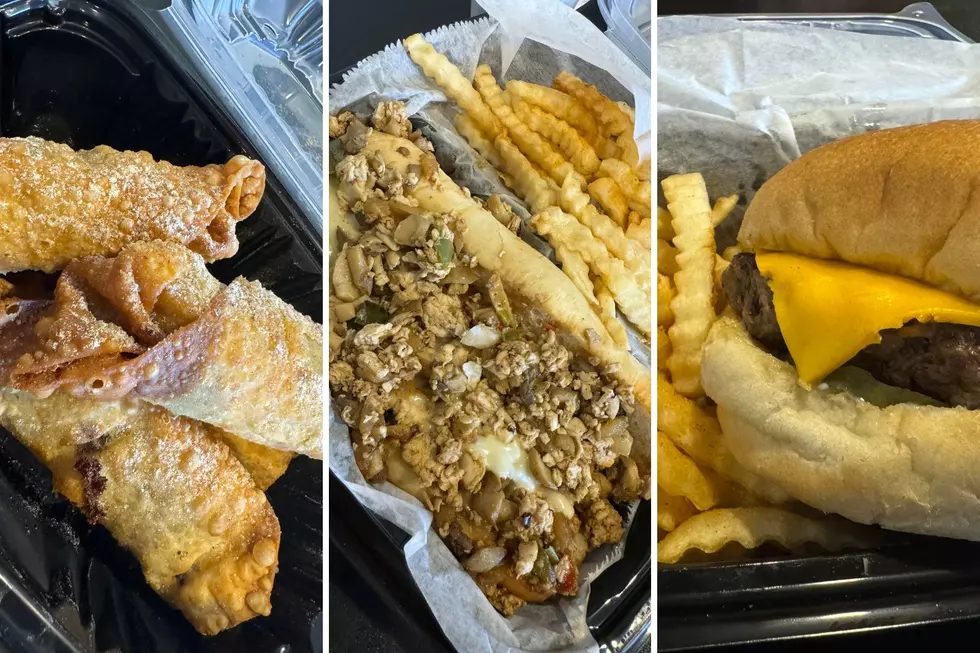
What is the Yellow Stuff You Find in Crabs?
We went fishing over the weekend and I was able to catch a few crabs and some fish. I kept the crabs to peel because I want to make crab cream sauce to serve with the fish.
After I removed the crab's shell and cleaned off the lungs and such, I left the yellow stuff because (forgive my ignorance) I always thought it was fat. (And we know that fat = flavor, right?)
Well, it's not fat. It's actually one of the crab's internal organs. It's a big word that I've heard on an episode of Marcus Welby, M.D., I think: hepatopancreas. According to the Crabbing Hub website, the hepatopancreas works like a human's pancreas by breaking down toxins in our system, and it also works to clean the crab's blood, much like our liver. Here's that yellow stuff:
I grew up eating crabs and, at this point in my life, I may have eaten over a thousand crabs. I've seen crabs with the yellow stuff, and I've seen them without. Today was the first day I've looked at the yellow stuff on a crab while the crab was underwater. Take a good look at this close-up of the hepatopancreas (such a big word, huh?):
When you put a fresh crab, without its shell, underwater, this is what happens to the yellow stuff: IT GROWS ARMS!
So, let's recap what we've learned today: today we learned that the yellow stuff in crabs is called the hepatopancreas, and when seen underwater, it is the stuff with which nightmares are made.
So, now you know what the yellow stuff in crabs is and, if I didn't mention it earlier, it's safe to eat. Delicious, even.
10 STEPS TO BOILING CRAWFISH LIKE A PRO
More From K945, The Hit Music Channel






